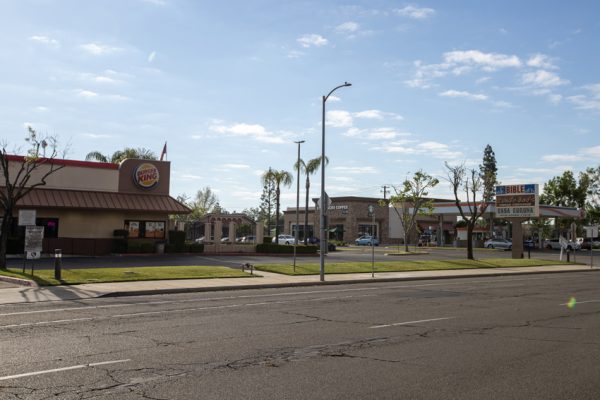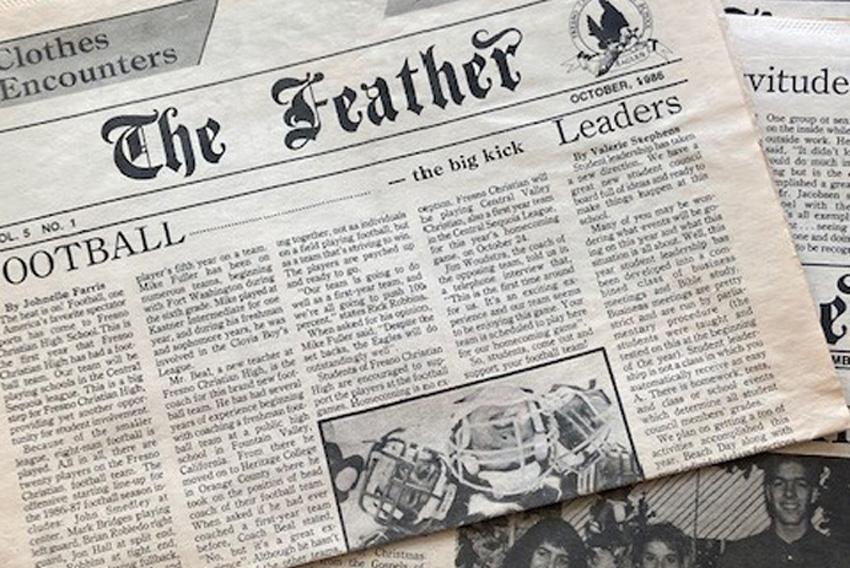Farmers share struggle with state regulations
California may not currently be in a drought, however, plans to conserve water for the future continue. California Governor Jerry Brown declared a drought state of emergency back on Jan. 17, 2014, and on April 2, 2017, that drought state of emergency was lifted. The drought encompassed 98% of the state of California and 44% of California was in a “exceptional” drought; the worst level of drought.
According to Kate Wheeling from Pacific Standard, earlier this year in late May, Governor Brown signed two bills into law aimed at reducing water consumption in the state, even in non-drought conditions.
“In preparation for the next drought and our changing environment, we must use our precious resources wisely,” Brown said. “We have efficiency goals for energy and cars…and now we have them for water.”
From the article Wheeling continued on- Bill SB 606 from Senator Robert Hertzberg (D), and AB 1668 by Assemblywoman Laura Friedman (D) require water districts to set targets for water use by 2022. There will be a daily allowance of 55 gallons per person for indoor water use, while the outdoor water allowances are based on regional differences in climate as well as leak rates for pipes.
Once 2027 begins, any districts that exceed their annual budgets will be charged with fines of $10,000 per day during drought emergencies and by 2030, the limit will be dropped to 50 gallons per day.

The State Water Resources Control Board informs that in 2013 residents used nearly 20 more gallons of water per day than in 2017, which is since Brown’s declaration this is a state of emergency issue in 2014.
Per the Los Angeles Times via Sara Jerome’s article for Water Online, Brown emphasizes the need for Californians to continue conserving, besides the fact the drought is over.
“This drought emergency is over,” Brown said. “But the next drought could be around the corner. Conservation must remain a way of life.”
In an article from the Sacramento Bee by Ryan Sabalow and Dale Kasler, the State Water Resources Control Board confirms in March this year an average of 65 gallons of water per day was used compared to 120 gallons per day in July 2017, which would be because water consumption typically climbs in the summer months and falls in the winter.
Sabalow and Kasler continued to state that many farmers argue that for too long of a time California’s water has been disproportionately shared, causing the water to wash out in the Pacific Ocean- a failed bid to protect fish.
Westlands Water District serves much of Fresno and Kings counties from the government’s Central Valley Project. Deputy general manager of Westlands Water District, Johnny Amaral and his farmers are receiving 100% allocation this year from the federal government’s Central Valley Project, but in 2014 and 2015 they received none, and last year only got a 5% allocation.
“It wasn’t that long ago that we were suffering through zeroes, consecutive zeros,” Amaral said. “That’s still fresh in people’s minds.”
Farm groups from the Valley have not been shy in pressing their case to Washington. Westlands spent a combined 1.3 million lobbying Congress and various federal agencies from the water issues expressed in 2015 and 2016, according to OpenSecrets.org.
According to Gosia Wozniacka of NBC News in 2011, a few miles north of Chowchilla is Highway 99. In the small community of Le Grand, Joe Marchini placed several signs on the edge of his wheat and tomato fields.
One says “Farm Water Cut (equals) Higher Food Cost!” For 50 years, Marchini has been farming and according to him farmers lost their land while Marchini himself idled some of his land during the drought.
“I’ve never had to fight for water like I had in the last five years,” Marchini said. “They starved us for water. The signs are very valid, because people forget and you have to keep reminding them what farmers went through.”
COLUMN: California drought continues its intensity http://t.co/uVCKy0qd4I
— The Feather Online (@thefeather) October 10, 2014
Farmer organization, Families Protecting the Valley, advocates for water and agriculture. Marchini’s signs were paid for by the organization. Russ Waymire is their pistachio industry consultant and board member with the organization. He tells their goal is to educate.
“We have a water problem here and we need to work together to solve it,” Waymire said. “Sewage discharges are killing the fish and yet they have been able to blame our pumps and they have been shutting them off.”

Both Waymire and Marchini admit the messages may be confusing. The signs list draconian cuts to farmers’ water supply. In 2008: 65%, in 2009: 60%, and in 2010: 50%.
Those figures represent cuts from a state water project which pumps water from Sacramento-San Joaquin River Delta for farmers and cities while other signs refer to cuts made by a federal water project. What the signs don’t do is explain how water cuts affect certain farmers more than others due to how their contracts are written.
Waymire proclaimed that the bad contracts are not the fault of the farmers because they are paying for a system unfinished by the government. He also said this hurts all Californians because less water causes higher farm unemployment, smaller sales tax collections, increased food costs and the possible demise of the state’s agriculture.
The Pacific Institute, a nonpartisan research organization based in Oakland, discovered (in 2011) not all of Waymire’s proclamations affected farmers the most. The state’s farms saw their highest gross revenue on record in 2008, the second year of the drought, with their third highest in 2009. Unemployment in the Central Valley did increase during the drought, however, job losses were concentrated in areas other than agriculture. But at the same time this report concluded some counties did see farm income plummet.
“My greatest fear is running out of water,” Marchini said. “Water is key; without it, you can’t do anything.”
In a current interview with local Valley farmer Mark Hutson, who gets his water from Deep Wells and Chowchilla Water District, he shares his information on future water restrictions.
“Right now there are no restrictions on groundwater pumping in California,” Hutson said. “This is to end soon. With the State Groundwater Management Act (SGMA), numerous sub basins have formed Groundwater Sustainability Agencies (GSA’s) and those are now developing their Groundwater Sustainability Plans (GSP’s). These plans will have in them pumping restrictions that farmers will need to deal with. Either by fallowing land or bringing in more surface water.
“Estimates suggest that 700,000 to 1 million irrigated farm acres will be fallowed over the next 20 years,” Hutson continued. “The future groundwater pumping restrictions will increase the cost to purchase surface water, lower land values, and more than likely disrupt small towns and local farming economies. I would assume the county and state economies may also suffer. This will create less farm-able acres and more than likely cause imports from other countries to be more critical for feeding our population and I assume the prices will rise too.”
Connor Jens continues his investigation of California water legislation in pt. 2. Check back this Friday for more on this issue.
Connor Jens can be reached via email and Twitter.
For more on community issues, read Residents discuss Fresno’s north-south divide. For more articles, read Percussion, color guard perform in Pismo Clam Festival.











![[Video] 100th CSPA Spring Journalism Conference](https://thefeather.com/wp-content/uploads/2024/04/20240308-cspa-crown-002.jpg)





